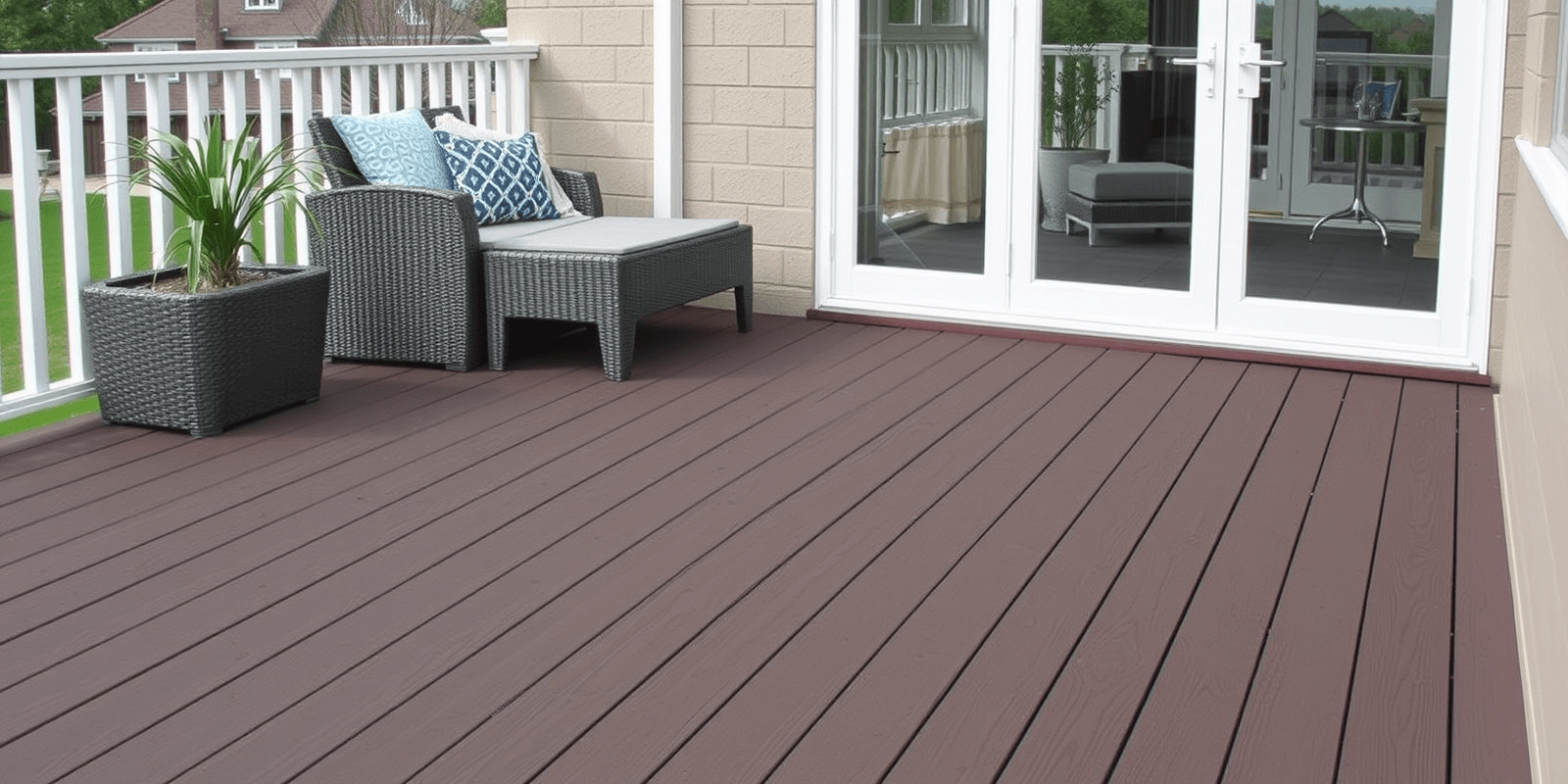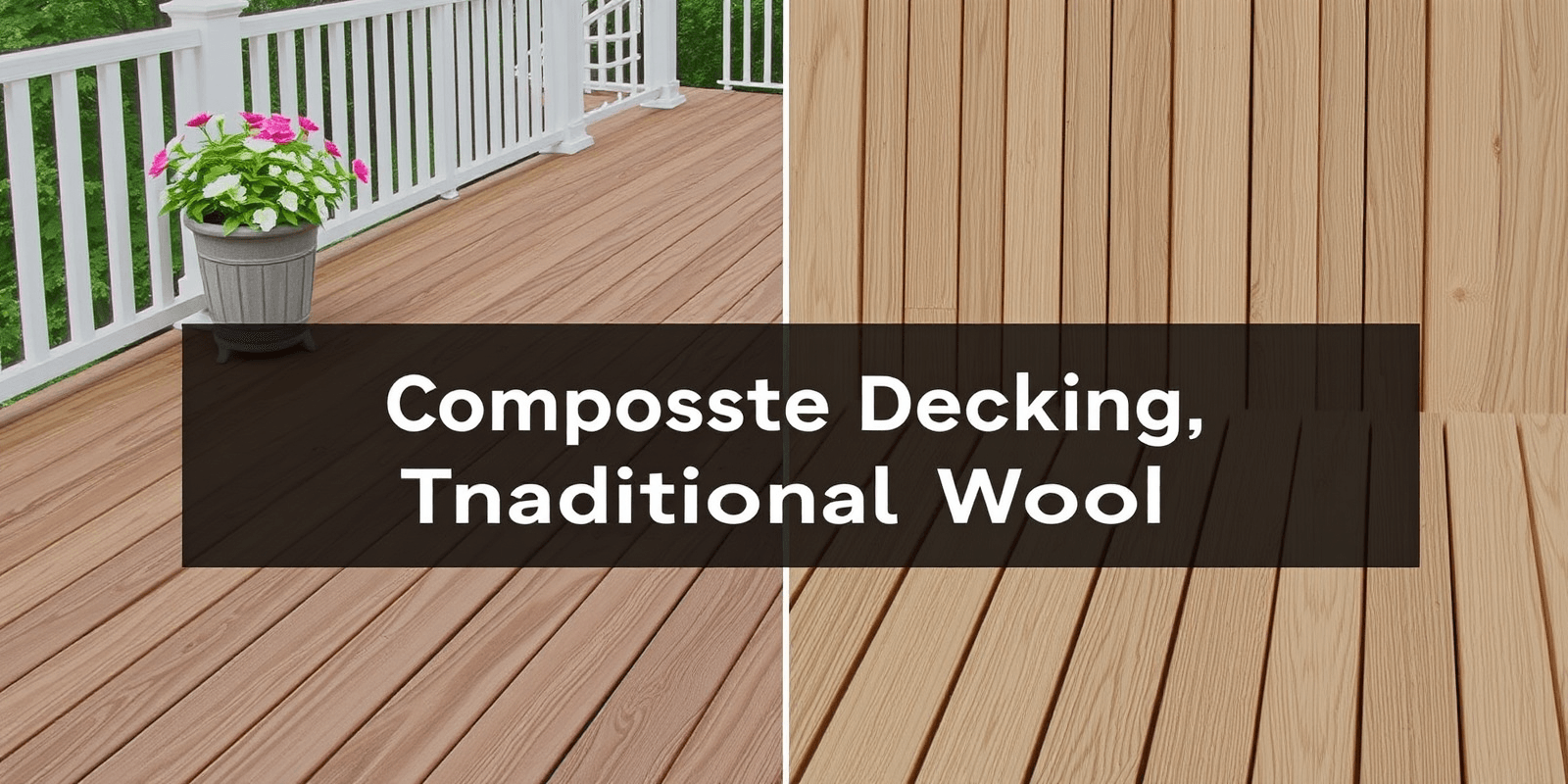The Ultimate Guide to Choosing Composite Decking Tiles
Introduction
Composite decking tiles have become increasingly popular in recent years due to their durability, low maintenance, and aesthetic appeal. Unlike traditional wooden decks, which require constant upkeep and are susceptible to rot and insect damage, composite decking offers a long-lasting alternative that can enhance your outdoor living space. This comprehensive guide will help you navigate through the various factors to consider when choosing composite decking tiles, compare them with other materials, and provide advice on how to select the right type for your specific needs.
Understanding Composite Decking Tiles
Composite decking tiles are made from a combination of wood fibers and plastic, typically high-density polyethylene (HDPE) or polypropylene. These materials are mixed together and then extruded into various shapes and sizes, creating a product that is both strong and lightweight. The composition of these tiles allows them to resist moisture, stains, and fading, making them an ideal choice for outdoor use.
Key Factors to Consider When Choosing Composite Decking Tiles
Material Composition
When selecting composite decking tiles, it’s essential to understand the material composition. Some brands may use different ratios of wood fibers and plastic, which can affect the overall performance of the tiles. For instance, some manufacturers may add recycled materials to their composite products, reducing environmental impact while maintaining durability. Researching the specific composition of the composite decking tiles you’re considering will help you make an informed decision.
Color and Texture
Composite decking tiles come in a variety of colors and textures, allowing you to customize your deck to match your desired aesthetic. Many manufacturers offer a range of options, including natural wood grain finishes, smooth surfaces, and even textured patterns that mimic the look of stone or tile. Consider how the color and texture of the composite decking tiles will complement your home’s exterior and surrounding landscape.
Maintenance Requirements
While composite decking tiles require less maintenance than traditional wood decks, they still need some care to ensure longevity. Regular cleaning with mild soap and water is usually sufficient, but avoid using harsh chemicals or abrasive tools, as these can damage the surface. Additionally, it’s important to address any stains or discoloration promptly to maintain the appearance of your composite deck.
Cost and Budget
Composite decking tiles can vary significantly in price depending on the brand, quality, and features. While they may be more expensive upfront compared to other materials like pressure-treated wood, the long-term cost savings from reduced maintenance and extended lifespan often justify the initial investment. Before making a purchase, create a budget and research the average costs of composite decking tiles to ensure you get the best value for your money.
Comparison with Other Materials
Pressure-Treated Wood
Pressure-treated wood is a common alternative to composite decking tiles. It’s generally less expensive but requires more frequent maintenance, such as staining and sealing, to protect against moisture and decay. Additionally, pressure-treated wood is more prone to warping, cracking, and insect damage over time, which can lead to higher long-term costs.
Natural Stone and Concrete Tiles
Natural stone and concrete tiles offer a durable and low-maintenance option for outdoor decks but can be significantly heavier and more difficult to install than composite decking tiles. They also tend to be more expensive and may require professional installation. However, if you’re looking for a unique and long-lasting look, natural stone or concrete tiles could be worth considering.
Advice on Selecting the Right Type for Specific Needs
When choosing composite decking tiles, consider the specific needs of your project. For example, if you live in an area with harsh weather conditions, opt for a high-quality composite product that can withstand extreme temperatures and moisture. If aesthetics are a top priority, explore the available color and texture options to find the perfect match for your home. Ultimately, the key to selecting the right type of composite decking tiles lies in understanding your priorities and doing thorough research before making a final decision.
Conclusion
Composite decking tiles offer numerous benefits over traditional materials, including durability, low maintenance, and versatility in design. By considering factors such as material composition, color and texture, maintenance requirements, and cost, you can choose the best composite decking tiles for your specific needs. Remember to also compare composite decking with other materials like pressure-treated wood, natural stone, and concrete to make an informed decision. With careful consideration and proper research, you’ll be able to create a beautiful and functional outdoor space that will last for years to come.



